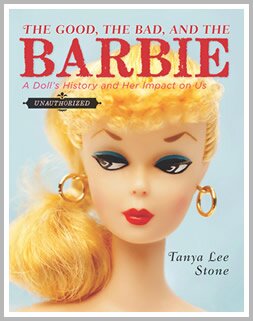
A few years ago, I featured an interview with YA author Tanya Lee Stone about her great novel A Bad Boy Can Be Good for a Girl. Well, today, I’m happy to be talking with Tanya again about her latest offering. While this book’s title also includes the words “good” and “bad,” that’s where the similarities end (besides being well-written of course!).
Tanya’s newest book is , and like any juicy “unauthorized” biography, it gives the real scoop on everything Barbie – how she came about, how she’s changed over the years, and the impact she’s had on our culture and lives.
Here’s the “official” description of the book:
Barbie just might be the most famous doll in the world. She’s represented fifty different nationalities. She’s stepped into the always-fashionable shoes of more than one hundred careers. She has been played with, studied, celebrated, and vilified for more than fifty years. And she has unquestionably influenced generations of girls—whether that influence has been positive or negative depends on who you ask. When award-winning author Tanya Lee Stone started asking girls, boys, men, and women how they feel about Barbie, the first thing she discovered is how passionate people are about her.
The Good, the Bad, and the Barbie is part biography—both of the doll and of her inventor, Ruth Handler—and part exploration of the cultural phenomenon that is Barbie. Filled with personal anecdotes, memories, and opinions from people of all ages, and featuring original color and black and white photographs, this book is for anyone who understands that we’re all living in a Barbie world.
Truthfully, I wasn’t much into Barbie when I was younger. My sister may have had a few lying around, but I’m quite sure they ended up in a naked pile at the bottom of the toy chest. In fact, the only dolls I recall having were Donny and Marie dolls, my only memory of them being the time my sis and I decided they needed to update their look in the form of buzz cutts (for both). Despite my lack of history with Barbie, I found Tanya’s book fascinating…I loved hearing about the journey of Ruth Handler (she was a trailblazer for sure!) and to learn about how Barbie’s look and personality transformed over the years, as well as consider her impact on my generation.
I had a chance to ask Tanya a few questions about her new book…here’s our interview!
SGK: I thought it was interesting to read about how when Barbie first came out, she helped connect grandmothers with their granddaughters, as often grandma would sew clothes for the girl’s dolls. Do think Barbie still plays a role in bridging the gap between girls and their mothers or grandmothers today?
Tanya: I didn’t come across any evidence that that remains true today, sadly. I found those stories so heartwarming and sweet. Not too many people make doll clothes anymore, I suppose!
SGK: One thing that is clear from reading your book is that Barbie continues to be a highly controversial doll – some love her and some hate her. In your research, did you find any clear studies that pointed to Barbie’s figure, large breasts, long, blond hair, or pointed, tiny feet as playing a role in lowering girls’ self-esteem?
Tanya: It’s interesting that you use the term “clear studies” in your question, because I found a lot of anecdotal evidence on both sides of the argument but very few empirical studies with any kind of hard data. One interesting study that I cite in the book was conducted by Kuther and McDonald, and they discuss girls’ frustrations with Barbie’s perfection, but it didn’t go much farther than that. What it did show that I found interesting was that many girls took their frustrations out on the doll by cutting her hair or doing other things to her to express anger, but there was no discussion of the toll this did or did not take on the girls’ ideas of self-esteem.
SGK: In this era where children are bombarded with unhealthy media messages from day one, do you think Barbie’s perfect look and figure has the potential to have more or less of an impact on how girls see themselves?
Tanya: I actually think it has less of an impact now than historically, simply because there is so much worse out there! Seriously, a doll that only does what you make her do is pretty benign no matter what she looks like when compared to the technicolor, live-action nastiness that is all over the air waves – from pole-dancing underwear models on primetime TV commercials to the way girls and women are portrayed in music videos, television, and movies.
SGK: Barbie has been a “career girl” pretty much since her inception, and at the time she first came out, she was engaged in careers that weren’t even possible for girls to attain at the time. What role do you think she played in helping girls from that generation see their future as being full of choices she may have never dreamed of?
Tanya: The feedback I got on this topic from women who were girls in the early 60s pretty overwhelmingly pointed to the fact that the careers Barbie was able to have then were inspiring and did help open the eyes of many girls as to what was possible. Some of those stories were very touching.
SGK: If Barbie were a real young woman today, do you think she’d be the kind of girl who would visit Smart Girls Know?
Tanya: I would hope so. And so would Ruth. Ruth was all about thinking for yourself and making your life what you want it to be. She wanted girls to use Barbie as a vehicle for their imaginations to have no limit. My constant hope is that the message of beauty being skin deep and not a reflection of who we are is more the norm than the exception with this generation. That who you are and who you can become is what really matters. Just the other day, a friend of mine who has a 13-year-old daughter told me that when her daughter was asked what her best feature was, she replied, “My brain.” That says it all right there.
* * * * *
To buy Tanya’s book and read some of the amazing reviews it’s been getting, visit her website here.

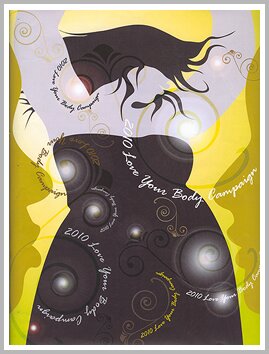 Today, the
Today, the 

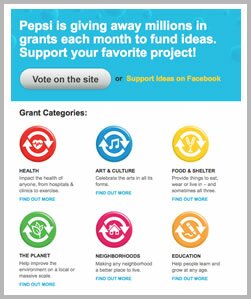 Do you have a great idea for making a positive impact in your community, but you just don’t have the funds to get it going? Definitely check out the
Do you have a great idea for making a positive impact in your community, but you just don’t have the funds to get it going? Definitely check out the 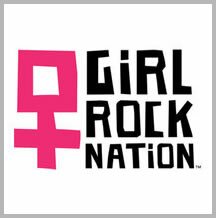 If you’re a girl who rocks – whether just by the way you lead your life or because you literally like to “rock out” as a musician, you’ll want to know about the new site,
If you’re a girl who rocks – whether just by the way you lead your life or because you literally like to “rock out” as a musician, you’ll want to know about the new site, 
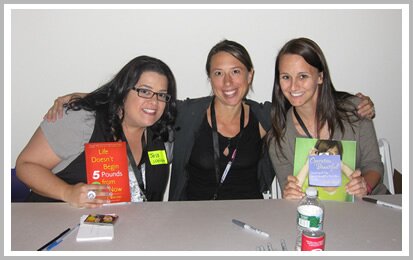
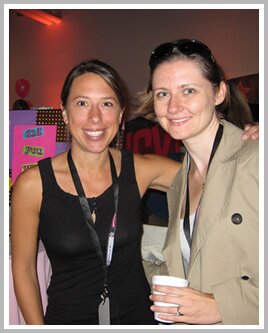
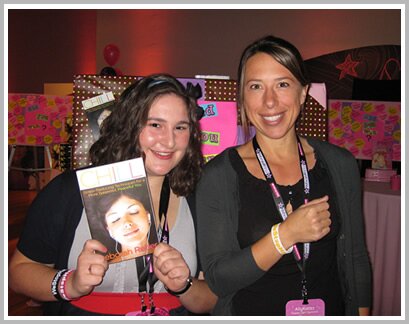

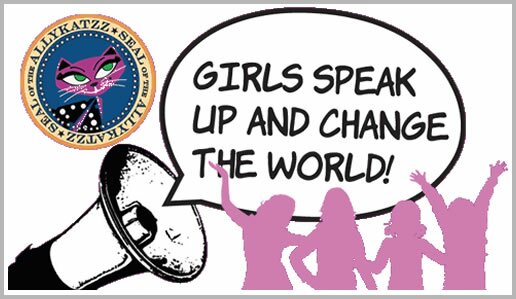 If you are a tween girl living in or near New York City, it’s not too late to register for the
If you are a tween girl living in or near New York City, it’s not too late to register for the 
